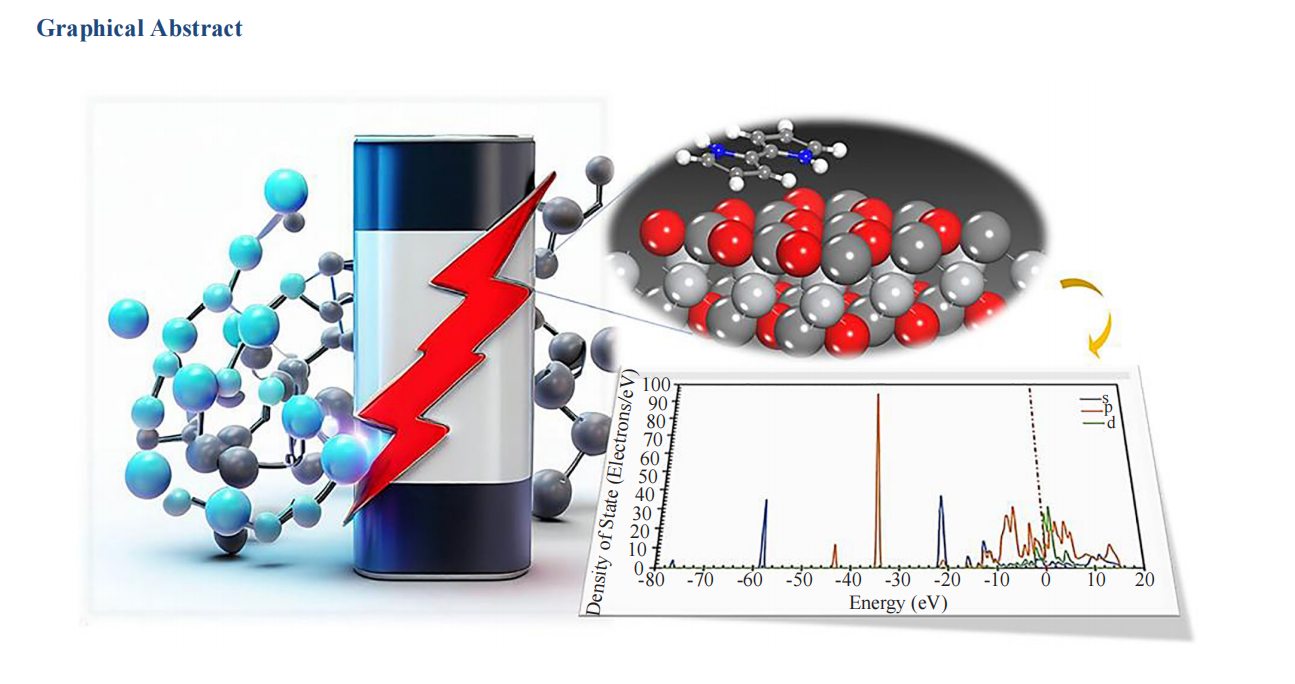Insight on Electronic and Thermal Behaviors of Conductive MXene- Ti3C2Tx-Based Polymeric Hybrid Material and Their Capacitive Energy Storage Applications: A Review
DOI:
https://doi.org/10.37256/aecm.5220244550Keywords:
thermal properties, electrical properties, MXene-polymeric hybrids, nanoclusters, energy storage applicationsAbstract
The increasing research focus on two-dimensional carbides known as MXenes has garnered significant attention due to their effective capacitive properties, leading to their application in energy storage devices. Recently, the emerging technique of incorporating MXene into polymer matrices to form hybrid nanoclusters has significantlycontributed to modern nanoarchitectonics. However, there is no available review that elaborately discusses the thermal and electrical behaviors of these hybrid nanoclusters. This paper provides detailed insights into the thermal and electrical properties of conductive MXene-Ti3C2Tx-based polymeric hybrid nanoclusters. Further elucidation is given to their applications in energy storage devices, with a special interest in MXene-polypyrrole, MXene-polyaniline, and MXene-poly (3, 4 ethylenedioxythiopene) polystyrene sulfonate nanoclusters. Additionally, to address the challenges associated with electron transport within the atoms of the nanoclusters, we concluded by offering suggestions on a potential approach to alleviate these challenges and enhance their electrical performance for future applications.

Downloads
Published
How to Cite
Issue
Section
License
Copyright (c) 2024 Anthony Chidi Ezika, Christopher Chiedozie Obi, Henry Chukwuka Oyeoka, Uzoma Ebenezer Enwerem, Ugwu Shadrack Chukwuemeka, Ibenta Martin Emeka

This work is licensed under a Creative Commons Attribution 4.0 International License.

